My stay in St Augustine was hosted by the CVB. This article contains affiliate links.
St Augustine Florida is the oldest permanent European settlement in the Continental United States, the city oozes history. Founded in 1565, St Augustine is a history lovers paradise. It seems everywhere you turn there is something old. I’m not talking about your grandmother old, I’m talking really, really old, as in the oldest wooden schoolhouse showing up on the 1716 tax records.
St Augustine is a walking town. You can easily walk around and see all the historic sites. The city also has two trolley companies that offer hop on, hop off service so you can get off, look around and catch the next trolley.
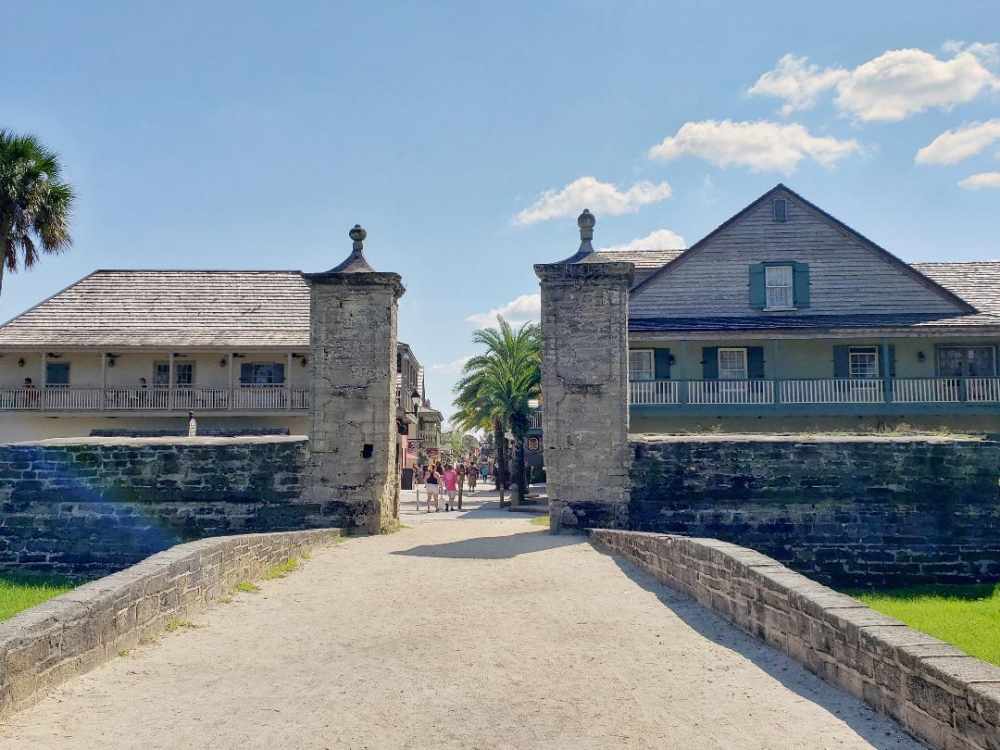
Where To Stay in St Augustine
If you are going to take advantage of all the great things to see and do in St Augustine, then you need to stay somewhere either close to or in the historic district. There are a lot of options from B&B’s to boutique hotels. Find%20the%20best%20deal,%20compare%20prices,%20and%20read%20what%20other%20travelers%20have%20to%20say%20at%20Tripadvisor%e2%80%9d%20target=%e2%80%9d_blank%e2%80%9d%20rel=%e2%80%9dnoopener%20sponsored%20noreferrer%e2%80%9d>The%20Collector%20Inn%20is%20a%20boutique%20hotel%20consisting%20of%20several%20historic%20buildings%20located%20on%20a%20historic%20site.%20Of%20course,%20there%20are%20a%20lot%20of%20other%20great%20options%20as%20well.
Find%20the%20best%20deal,%20compare%20prices,%20and%20read%20what%20other%20travelers%20have%20to%20say%20at%20Tripadvisor%e2%80%9d%20target=%e2%80%9d_blank%e2%80%9d%20rel=%e2%80%9dnoopener%20sponsored%20noreferrer%e2%80%9d>
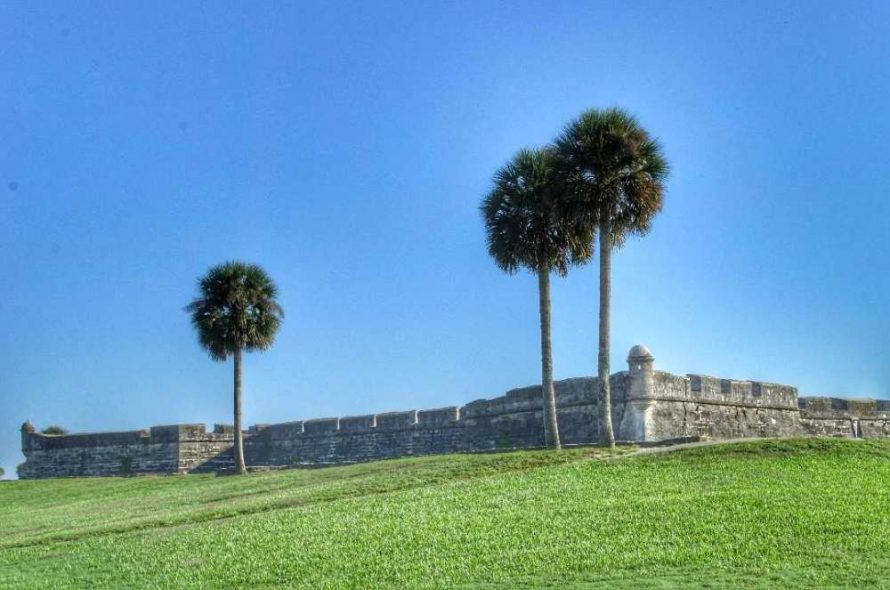
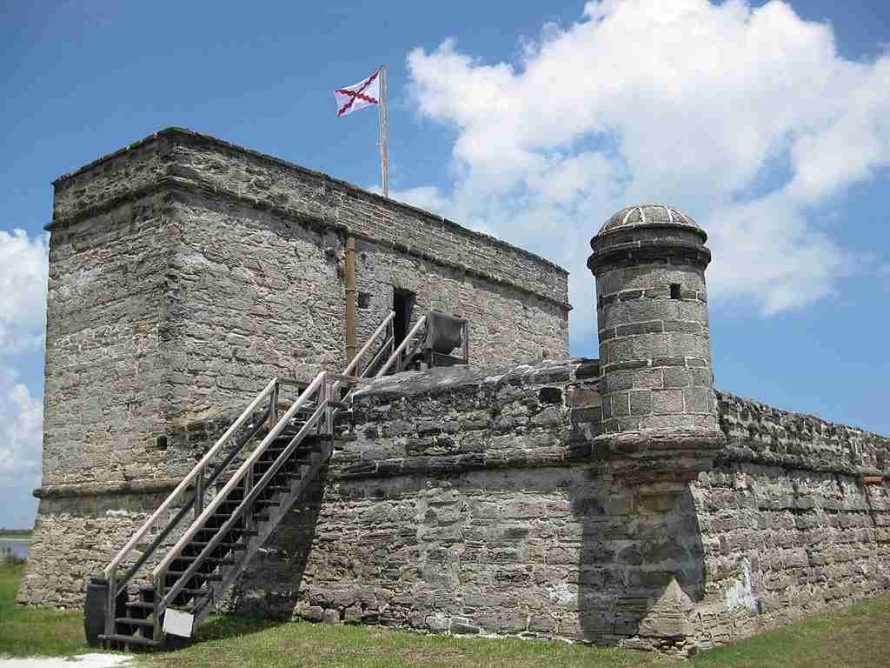







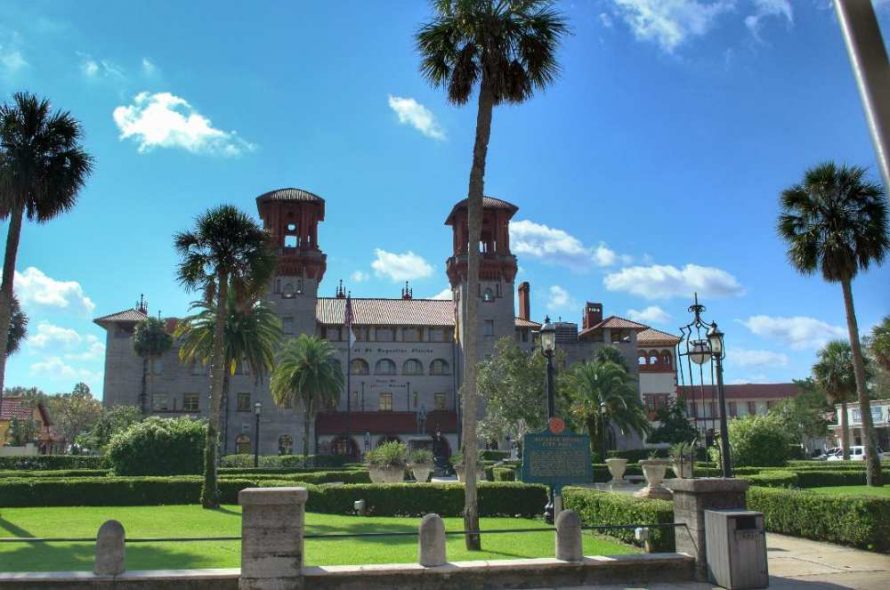
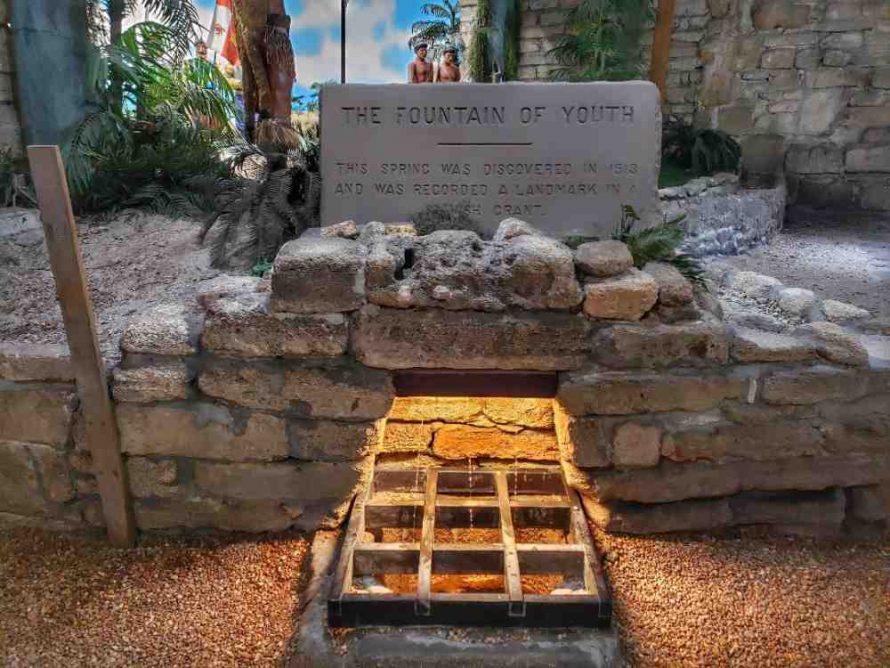
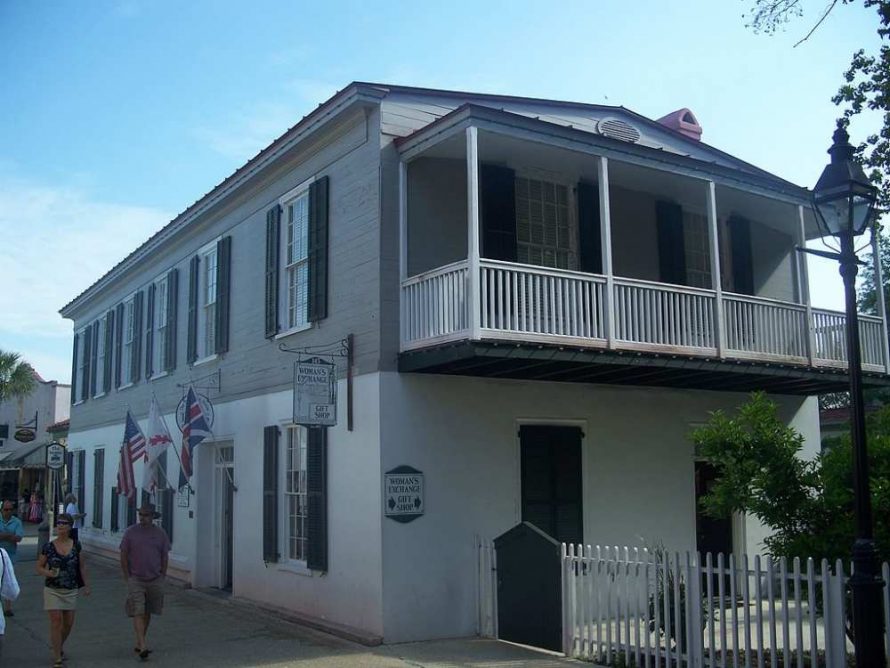




I’m getting itchy feet – love this kind of travel! Pinning for future reference.
If you haven’t been you should visit. It is a great town
It is a very interesting and colorful place with such bright and colorful architecture. Thanks for such detailed and fun of photos post.
I’ve never been to Florida in my life but I do like exploring historical buildings.
If you love historical and beautiful buildings then you have to come visit Oxford university in the UK. How old is it? It was established in 1096, centuries before the founding of America!
I have been a couple of times and will be visiting again this year. Can’t wait!
One of my favorite destinations